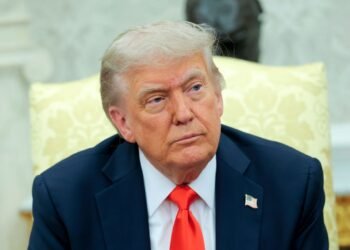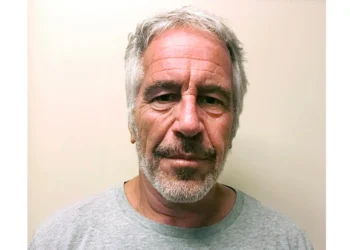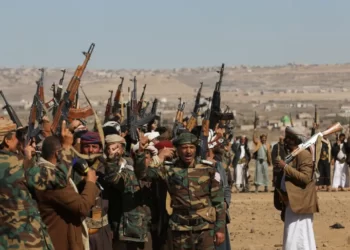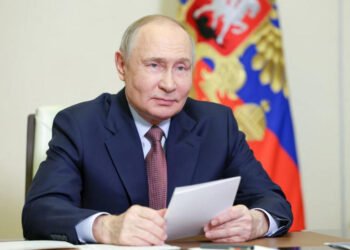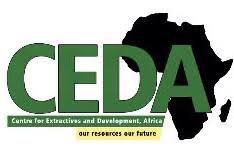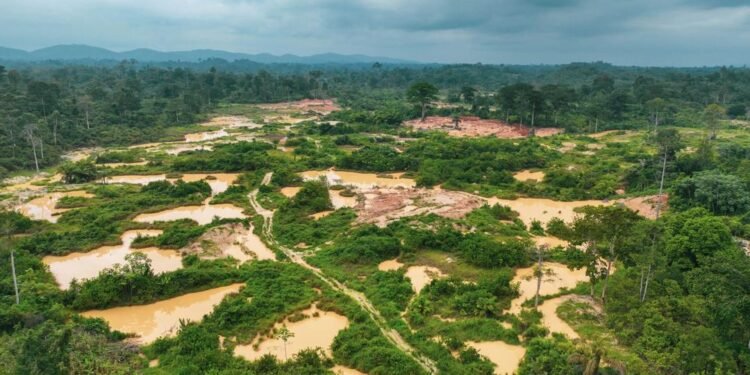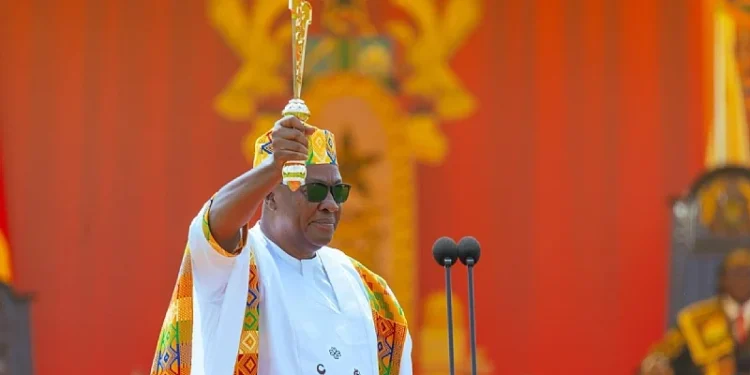Kazakhstan President, Kassym-Jomart Tokayev has announced that the ‘counterterrorism’ operation in the country will soon end following days of bloody protests.
Following the death of 160 people in the fiercest conflict since Kazakhstan’s independence more than 30 years ago, its president on Monday, January 10, 2022, described protests as an “attempted coup d’etat” as Russia claimed victory in defending its Central Asian neighbour.
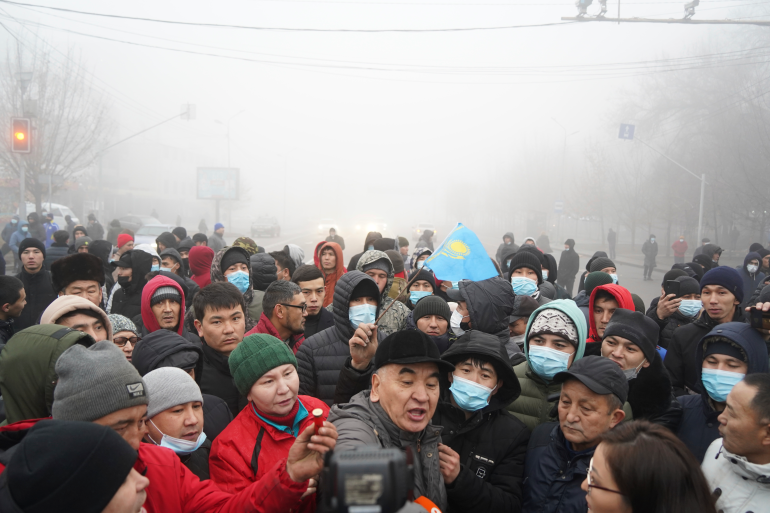
Speaking in an online meeting with the Russian-led Collective Security Treaty Organization (CSTO), President Tokayev said order has been restored in the vast, Central Asian nation.
Scores of citizens and more than a dozen security personnel were killed last week as dissent that began over fuel prices swelled, while nearly 8,000 people were arrested.
Tokayev told the CSTO, the group which sent troops to Kazakhstan upon his request that “under the guise of spontaneous protests, a wave of unrest broke out … It became clear that the main goal was to undermine the constitutional order and to seize power. We are talking about an attempted coup d’etat.”
The Kazakh president blamed the unrest on foreign-trained “bandits and terrorists”, adding that a large-scale “counterterrorism” action would soon end, along with the CSTO’s deployment, which he claimed numbered 2,030 troops and 250 pieces of military hardware.

Response to his Decision to Invite Russian-led CSTO
President Kassym-Jomart Tokayev also defended his decision to invite Russian-led troops into the country by saying that doubts over the legitimacy of that mission stopped from a lack of information.
Speaking alongside Tokayev was Russian President, Vladimir Putin who said the military alliance of ex-Soviet states have prevented “terrorists, criminals, looters and other criminal elements” from undermining the basis of power in Kazakhstan and said its troops would be withdrawn once their mission was accomplished.
“Of course, we understand the events in Kazakhstan are not the first and far from the last attempt to interfere in the internal affairs of our states from the outside,” he said. “The measures taken by the CSTO have clearly shown we will not allow the situation to be rocked at home.”
Still justifying his decision, he said the CTSO would not allow “colour revolutions” to take place, which he described as a reference to several popular revolutions in ex-Soviet countries over the last two decades, which includes Ukraine and Georgia.
Days of Unrest
The Kazakh protests started over a rise in fuel prices before converting into wider, anti-government riots, driven by discontent over the political influence exerted by the former 81-year-old president, Nursultan Nazarbayev.
One of the most violent clashes between protesters and security forces took place in the country’s largest city, Almaty, where over 100 people were reportedly killed.
Tokayev told the CSTO that “the main blow was directed against Almaty. The fall of this city would have paved the way for a takeover of the densely populated south and then the whole country.”
He added that there was a plan by the Nur-Sultan, which also bears the first name of Nazarbayev, aimed at seizing the capital.

President Tokayev also said Kazakhstan, a tightly-controlled former Soviet state, was going to provide undeniable evidence to the international community regarding what exactly transpired.
That said, he is yet to provide any proof to support his claim that external actors were involved in the unrest.
In the midst of the existing claim(s), people are wondering where the real evidence suggests that terrorist groups were operating?
Read Also: ‘Say no to Putin’: Ukrainians Flag Up to Support Protests in Kazakhstan





